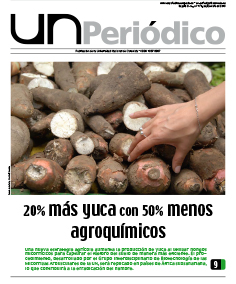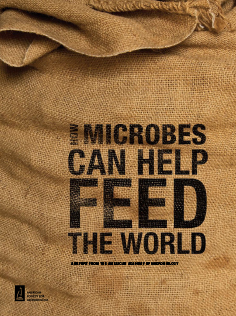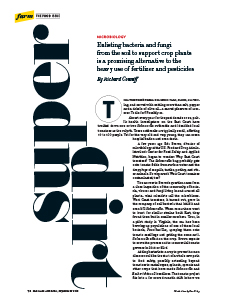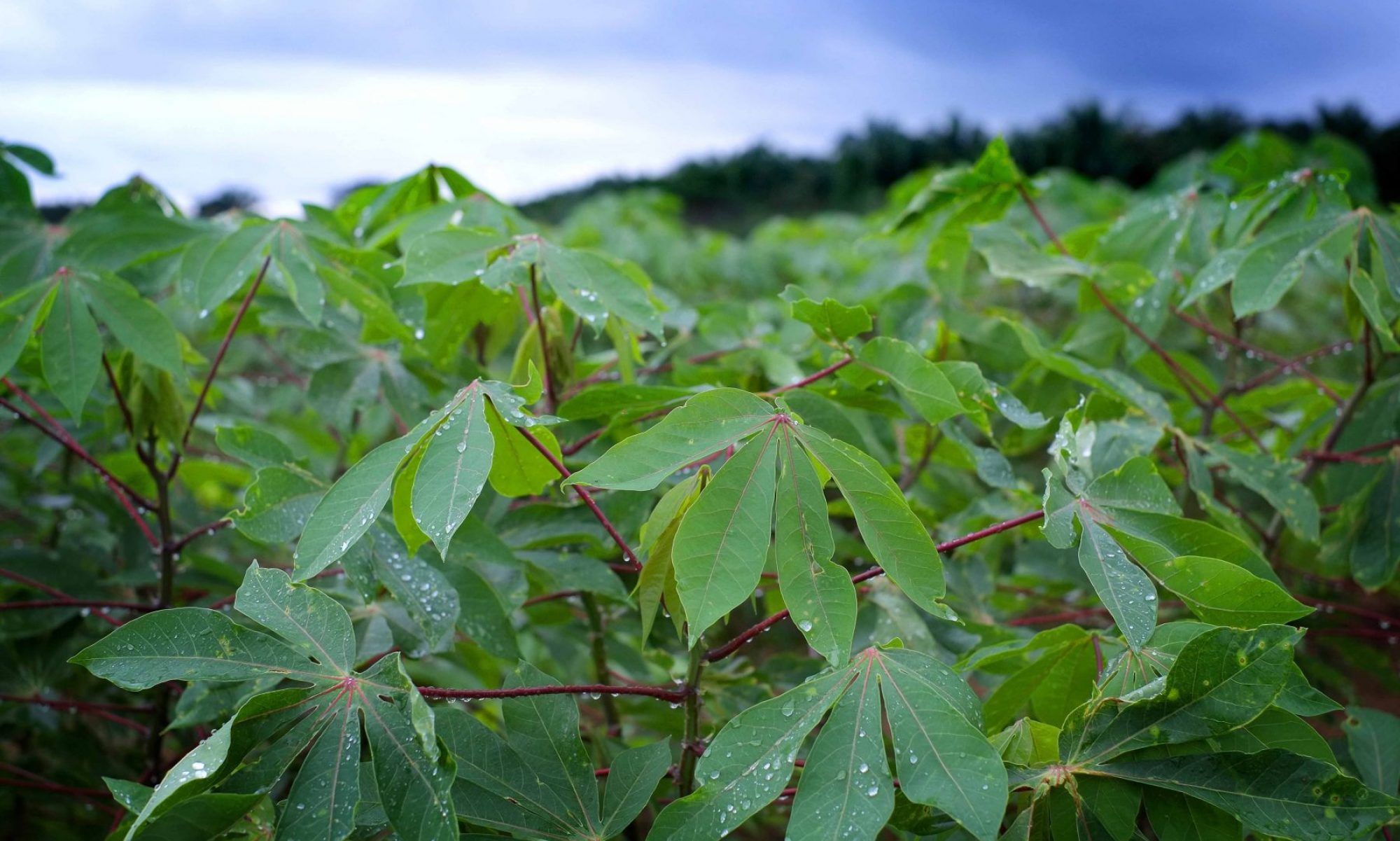Our 4 pathways to technology transfer and communication
Many new technologies are developed for producing more food but many of these technologies never get transferred to the farmers who need them. This is a major challenge and most scientists, including us, are simply not trained to do this.
We developed 4 pathways to get the technology to the people who need it in Colombia and abroad. This is how we have done it.
The stakeholders are: Smallholder farmers; commercial cassava growers; agronomists in Colombia and other cassava growing regions in the tropics; scientific researchers
1. The unconventional education pathway (for smallholder farmers)
We have been particularly fortunate in Colombia to have collaborated with the Utopía campus of the Universidad de La Salle. This was largely because of chance. The students at Utopía are unusual that they come from conflict and post-conflict regions from all over rural Colombia. No standard technology transfer program would be able to effectively target stakeholders in these areas because of access and security issues. The agronomy program at Uptopía is designed to educate students who will go back to their communities and become leaders who will teach farmers about the technologies available to them to help develop better and sustainable agriculture in these regions. For our first investigations with cassava and mycorrhizal fungi we worked with the first cohort of 50 students. The students helped conduct the field work and we taught the students about the biology of microorganisms that could improve crop production and about mycorrhizal fungi during visits, but also by Skype. The first cohort have now gone back to their communities and are already taking this knowledge back to the community. The newest cohorts of students are working on our current experiments.
Why is this unconventional? We don’t know of any other program quite like the one at Utopía. The students are very exceptionally motivated and most want to go back to the regions from which they come. We were lucky that Utopía exists and it’s been the one of the best developments on our project for scientific productivity but also for communicating about the technology to the people who need it in every region of Colombia. This is something that was an unusually lucky development on our project. It was unexpected and unplanned, but also effective.
2. Making sure the technology is available to stakeholders (for smallholder farmers and commercial cassava farmers)
Technological developments have to be made available to the people who need them. In this case, mycorrhizal fungi in a sterile gel have to be available on the market for farmers, but at the right price. We have worked with the inoculum producer, a Spanish company Mycovitro S.L. We are active in helping to make sure that good mycorrhizal fungal products can be made available at a lowest cost for cassava farmers. We are scientists who have no financial connection to Mycovitro. However, our economic analyses based on the results from our experiments enable us to estimate the price at which using the products become economically viable. These analyses help to make sure that the producer strives to produce and sell the fungi at low cost. This helps to to make sure that good mycorrhizal fungal products can be made available at a lowest cost for cassava farmers. For this purpose we are currently arranging for the products to be produced in Colombia, by Colombian companies, under license. This helps ensure the lowest price for the products and is good for the Colombian economy.
3. Publicity to agronomists and scientists in Colombia
We publicise the results and the technology to scientists and agronomists in Colombia by speaking at Colombian science conferences and through interactions with the media.
- The article in the National University of Colombia newspaper was distributed with Colombia’s largest national newspaper El Tiempo (September 2013).
- The results were presented at the XVI Congreso Colombiano de la Ciencia del Suelo. Riohacha, October 2012.

4. Publicity to agronomists and scientists internationally
We publicise the results and the technology to scientists and agronomists in Colombia by speaking at Colombian science conferences and through interactions with the media and knowledge transfer events with scientific societies.

Ian Sanders chaired, and Alia Rodriguez participated, in a meeting organised by the American Academy of Microbiology (Washington DC, December 2012), which brought together about 30 experts to discuss how microbes can be used now and in the future to help increase food security in the world. The report to the right highlights the discussions of the experts.
Our work was discussed in the article “Superdirt” by Richard Conniff that appeared in the September 2013 issue of Scientific American.

We have presented our work at the following international conferences:
- Keynote lecture. International Society of Microbial Ecology (ISME) meeting, Seattle, 2010.
- Plenary lecture. American Society of Microbiology (ASM) annual meeting, New Orleans, 2011.
- Poster presentation. American Society of Microbiology (ASM) annual meeting, San Francisco, 2012.
- Invited speaker. Ist Molecular Mycorrhiza Meeting, Munich, 2012.
- Invited symposium speaker. American Association for the Advancement of Science (AAAS) annual meeting, Boston 2013.
- Oral presentation. Anniversary meeting of the Association of Swiss Colombian Researchers (ACIS), EPFL, Lausanne, 2012.
- Oral presentation. 1st International Conference on Global Food Security. Netherlands, 2013.
- Poster presentation. 1st International Conference on Global Food Security. Netherlands, 2013.
Our work has been reported on by:
- RTS La 1ère: “Actu des Sciences Mycorhizes, champignons et racines – ciment biologique” (1 October 2013)
- 24 Heures: “Découverte de l’UNIL sur la culture de manioc” (13 August 2013)
- Le Temps: “Plus de Manioc” (14 August 2013)
- 20 Minutes (F) – 20 Minuten (D): “Production de manioc boostée” (14 August 2013)
- National Swedish Radio: April 2013.

